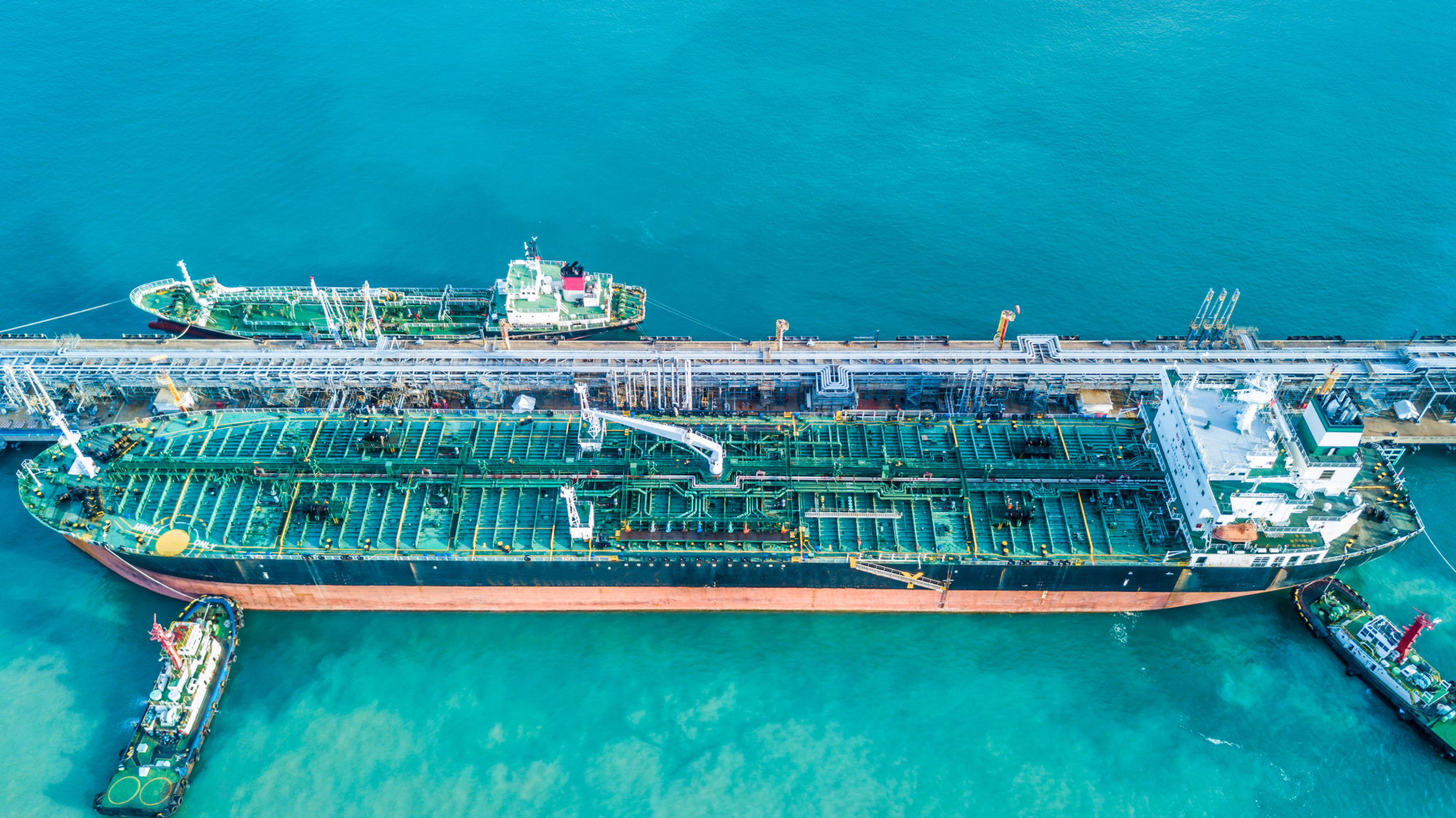The Voyager Portal allows large companies to see how their waterborne cargoes affect land-based shipments, and vice versa — we are truly solving a complex, global supply chain problem.
At Voyager, we often belabor the point about bringing the maritime industry up to the same level of visibility as its other transportation “compatriots” (trucking, rail, air). And this is a very valid need — large ERPs have long ignored bulk shipping modules, choosing instead to focus on more predictable and common land-based modules. Even simpler, personalized apps have passed the shipping industry by. Some of our clients bemoan their ability to oversee a $10 Domino’s pizza in extremely gory detail (“Sarah is adding the mushrooms!”, “Pat is 5 minutes away from the house!”), while struggling to understand if a $1 million cargo will be one week or two weeks late, if there are any quality defects, etc. The Voyager Portal is finally shedding some light onto the heretofore nebulous process.
But shipping is just one leg of a cargo’s supply chain, and we don’t intend to stop there. From years of customer data documenting ships entering and leaving ports, the Voyager Portal has a large database for each terminal across the world. Shipments arriving and discharging in a terminal — for instance, wind turbines arriving in the US Gulf, chemical parcels arriving in China — are then sent on inland from the terminal via truck, rail or pipeline. Shipments loaded in a terminal — those same wind turbines coming from Asia, or chemical parcels produced in Houston — also were originally delivered to the port via those same modes. In other words, shipping is one (particularly nebulous) link in the chain.

Voyager has begun working with its customers to track rail and truck shipments as well as waterborne voyages. We have the capability to receive latest updates on truck load quantities, location and more, and store this in the Portal. In some cases we even receive stevedoring and surveyor updates in order to improve the coordination of operations in ports and terminals. Imagine providing visibility to a surveyor that neither the vessel nor truck will be available for a few more hours — this already saves thousands of dollars. Now imagine the savings in providing this visibility across the supply chain network at all ports and all year round.
Knowing the flows into and out of a certain physical point (whether warehouse, stockpile, or terminal) also allows us to create inventory status reports and scenario analyses! And we do provide deep inventory insights for our users, but I will save a deeper discussion of that for another blog…
If you want to learn more about Voyager’s intermodal visibility that transcends the marine leg, please reach out to Matt@voyagerportal.com or Bret@voyagerportal.com

